What are anti-interference cables?
The phenomenon of interference during information transmission causes signal attenuation from the transmitting device to the receiving device, leading to signal distortion, instability, and impacting the accuracy of the information exchange process. Therefore, to ensure a reliable signal transmission system, smooth device operation, and to mitigate interference, anti-interference cables have been developed to meet these requirements.
Interference when transmitting information causes the signal to be to be attenuated, flickering and unstable, affecting the accuracy of information exchange process. Therefore, to ensure a reliable signal transmission system, smooth device operation, and to mitigate interference, anti-interference cables have been developed to meet these requirements.
Anti-interference cables play a crucial role in transmitting signals within a circuit and establishing control systems in the industrial sector. They ensure signal transmission from the central hub to remote devices without dependency on electromagnetic waves.
These cables are favored products in various projects, especially in large-scale constructions such as buildings, industrial plants, and technical machinery. Anti-interference cables not only guarantee signal quality but also enhance transmission efficiency, ensuring the quality of devices and minimizing potential risks for users.
Structure of anti-inteference cables
Anti-interference cables are constructed with three main components: the conductive core, the insulating layer, and the protective outer layer.
Conductive core
This is the primary component of the anti-interference cable, made from flexible metal (usually aluminum or copper) that is easily bent. Depending on the specific requirements, users can choose cables with fewer or more cores.
Insulating sheath
The insulating layer plays a crucial role in the structure of the anti-interference cable as it is responsible for protecting users from electrical-related risks and minimizing the potential for unfortunate accidents. To enhance safety, the insulating sheath is typically made from insulating materials such as Polyethylene or PVC. Additionally, these sheaths are often reinforced with single or double mesh shields, made from aluminum or tin-plated copper, providing an extra layer of protection for users.
Protective shield
Constructed from Cross-Linked Polyethylene (XLPE) or PVC plastic, this component serves as a protective shield for the two inner layers. The protective shield is designed to withstand strong impacts and adapt to harsh weather conditions. This ensures that the cable can resist collisions, external forces, and environmental impacts during prolonged operation. Some basic types of protective shields include Steel Wire Armour, Steel Wire Braiding, Steel Tape Armour, Galvanised Steel Wire Armour, and Double Steel Tape Armour.
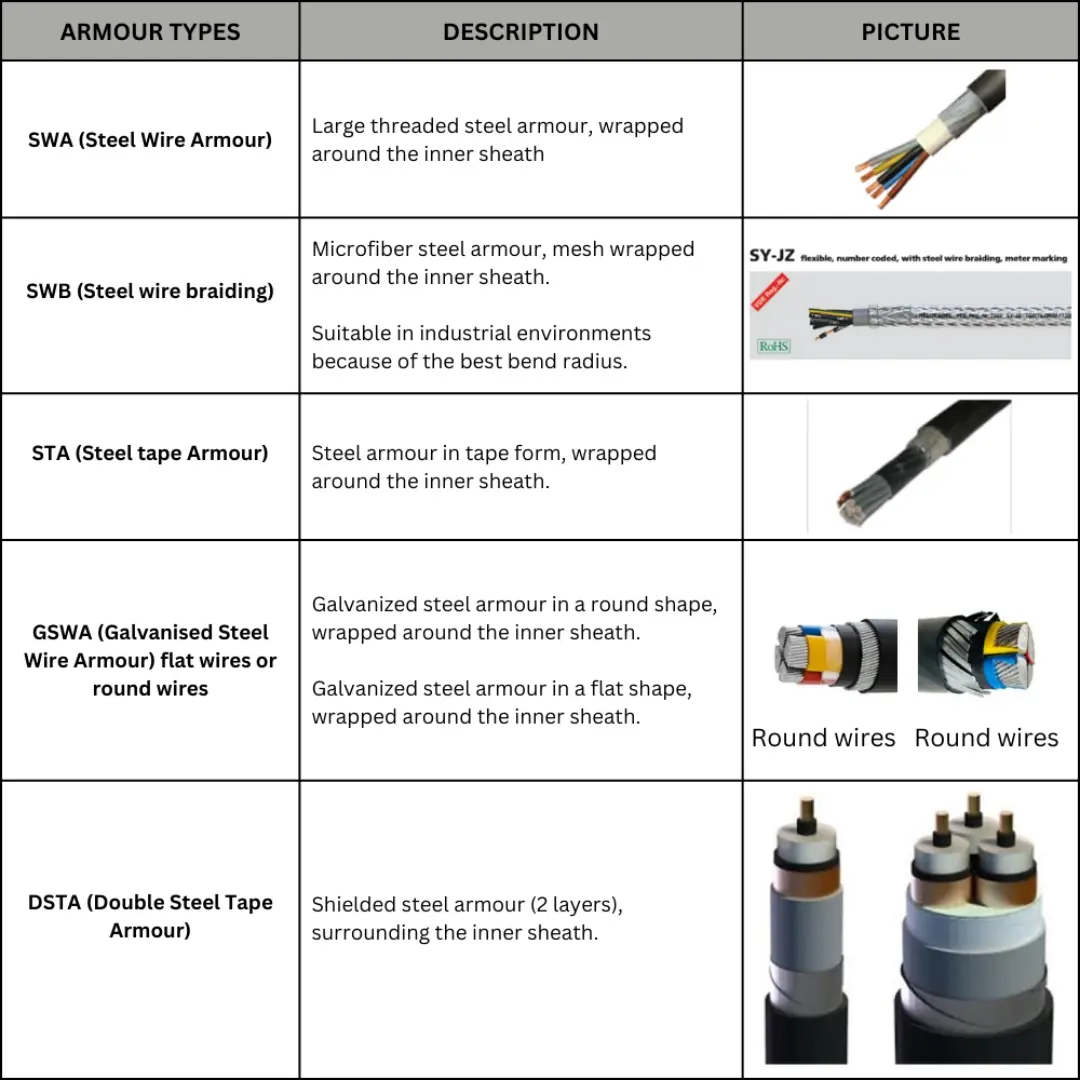
Applications of anti-inteference cables
Building systems
In building systems, the use of anti-interference cables helps to maintain stability and signal quality in security control systems, lighting systems, information systems, and other electronic devices. Within building environments, numerous sources can generate interference, such as electronic devices and lighting systems. Anti-interference cables help minimize the impact of these sources on electrical signals transmitted through the system.
Mechanical engineering industry
In the mechanical engineering industry, anti-interference cables play a crucial role in transmitting signals and data between devices and control systems, ensuring accuracy and stability in the manufacturing and operation of machinery. Additionally, the use of anti-interference cables helps to protect electronic devices and controls from the effects of electromagnetic interference. This not only extends the lifespan of the equipment but also reduces the risk of malfunctions and damage caused by signal interference.
Automation sector
In the field of automation, anti-interference cables are widely applied to transmit control signals and information between sensors, control devices, and automated systems. This plays a vital role in maintaining high performance throughout the entire system.
With your technical concern, please contact us via:
| Phone | +84 28 77755578 |
| info@helukabel.com.vn | |
| Zalo Official Account | Zalo HELUKABEL Vietnam |
| Technical data of our products | PRODUCT FINDER |
CONTACT US AT HELUKABEL
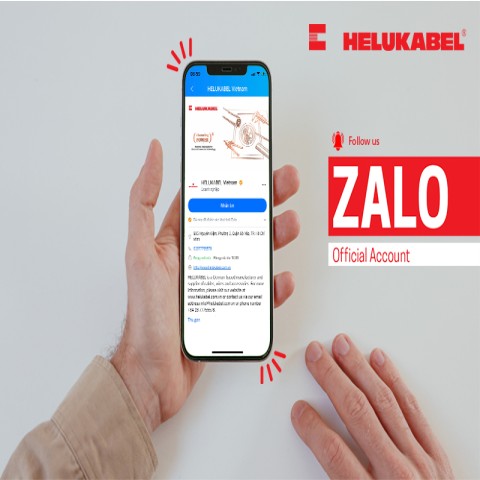
CONTACT US VIA ZALO
MESSAGE
GET IN TOUCH WITH US
CONTACT FORM
OUR OFFICIAL E-STORE
DISCOVER OUR E-STOREHELUKABEL's anti-interference cables
At HELUKABEL, we provide a diverse range of anti-interference cable products for various industries and fields. Below are some examples of anti-interference cable products that we offer:
1. Signal cables
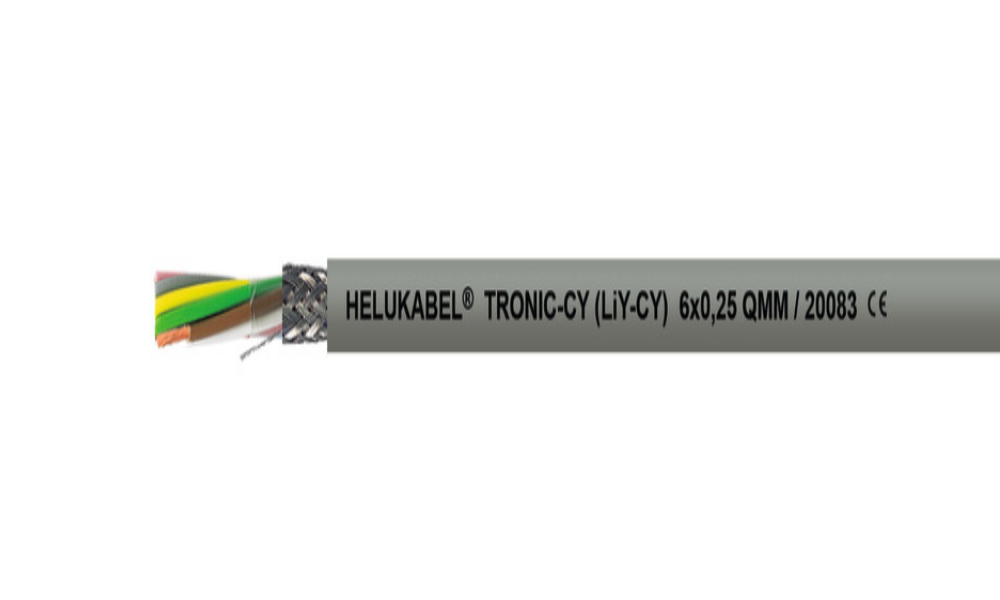
TRONIC-CY (LiY-CY) signal cable
1.1 TRONIC-CY (LiY-CY) signal cable
Temperature range:
- flexible -5°C to +80°C
- fixed -40°C to +80°C
Peak operating voltage:
- 0.14 mm²: 350 V
- 0.25 - 1.5 mm²: 500 V
Minimum bending radius:
- flexible 10x Outer-Ø
- fixed 5x Outer-Ø
The TRONIC-CY (LiY-CY) cable series is manufactured with a diverse range of cores, ranging from 1 to 100, and adheres to the German DIN 47100 color code, facilitating easy core differentiation during installation.
The shield plays a crucial role in maintaining stable signals. The TRONIC-CY cable series utilizes tin-plated copper wires tightly woven to form a thick mesh layer, providing coverage of up to 85% (the highest currently available for electrical cables). This helps to prevent signal interference during operation.
Data sheet of TRONIC-CY (LiY-CY)
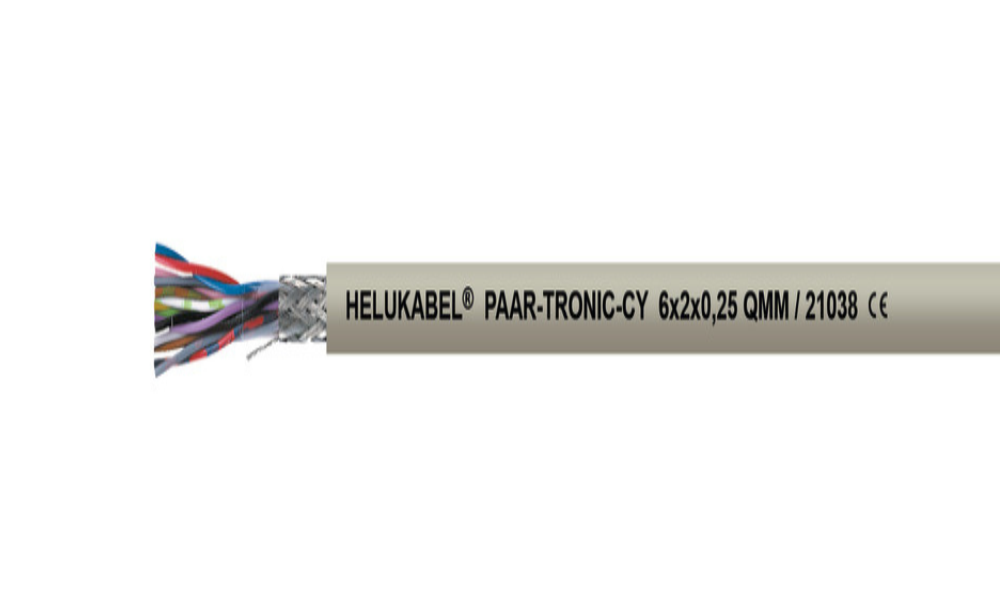
PAAR-TRONIC-CY signal cable
1.2 PAAR-TRONIC-CY
Temperature range:
- flexible -5°C to +80°C
- fixed -30°C to +80°C
Peak operating voltage: 350 V
Minimum bending radius:
- flexible 10x Outer-Ø
- fixed 5x Outer-Ø
The PAAR-TRONIC-CY signal cable utilizes fire-resistant PVC material in accordance with DIN VDE 0482-332-1-2, DIN EN 60332-1-2, IEC 60332-1 standards. This cable series is highly flexible, suitable for various applications, and equipped with an interference-resistant layer consisting of a tin-plated copper mesh with approximately 85% coverage.
Data sheeet of PAAR TRONIC CY
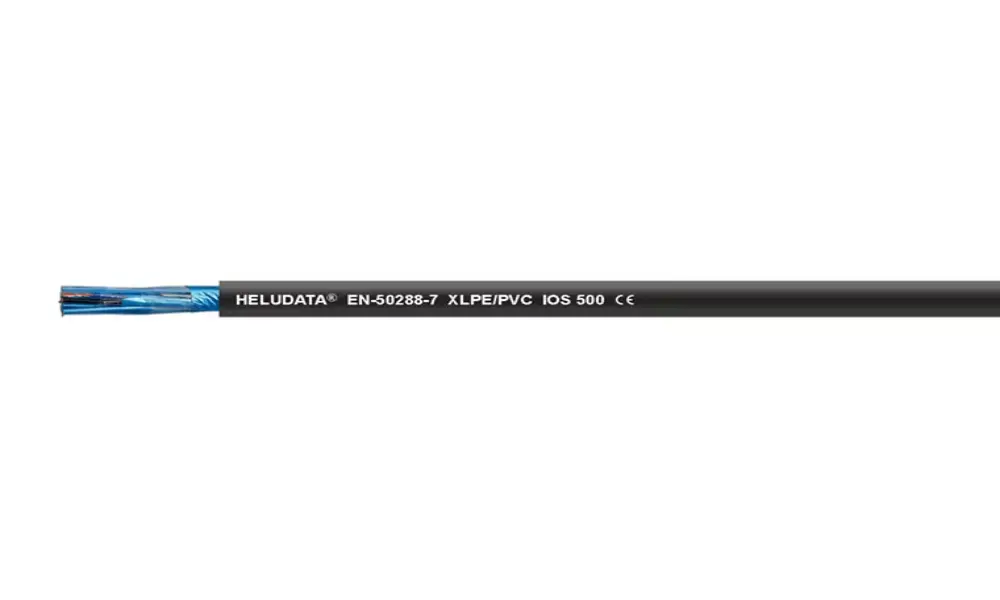
HELUDATA EN-50288-7 signal cable
1.3 HELUDATA® EN-50288-7
Temperature range:
- flexing -5°C to +50°C
- fixed installation -30°C to +70°C
Nominal voltage: U AC 300 V
Minimum bending radius: fixed installation 7,5x outer Ø
The HELUDATA® EN-50288-7 signal cable is manufactured to meet the demands of transmitting digital signals and other signals in harsh environments. It is specifically designed for environments that are directly exposed to oil and gas (such as the oil and gas industry, mechanical engineering, etc.). This product is suitable for installation in both dry and humid conditions and can be used in open spaces or within tunnels.
Data sheet of HELUDATA® EN-50288-7
2. Control cables
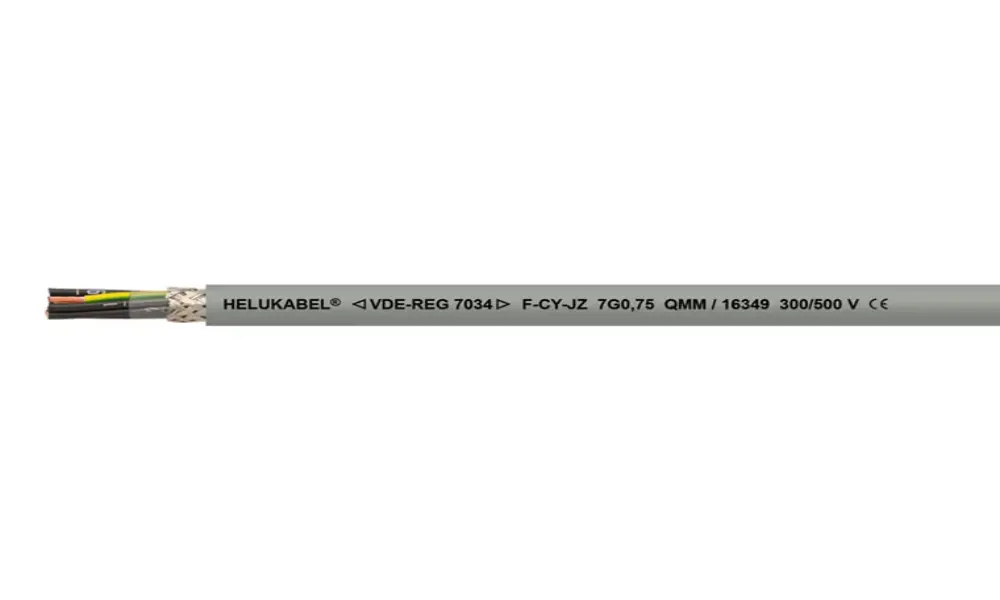
F-CY-JZ cable
2.1 F-CY-JZ control cable
Temperature range:
- flexible -10°C to +80°C
- fixed -40°C to +80°C
Nominal voltage: AC U0/U 300/500 V
Minimum bending radius:
- flexible 10x Outer-Ø
- fixed 5x Outer-Ø
The F-CY-JZ cable series features a PVC outer sheath, capable of withstanding voltage up to 300/500V. Additionally, with a temperature resistance ranging from -10°C to 80°C, the F-CY-JZ cable is resistant to oil vapors, chemicals, and minimizes the risk of combustion.
F-CY-JZ control cables are typically used as data cables in control circuits, manufacturing tools and machinery. It also serves as a signal cable in industrial computer systems and electronics. The high coverage ratio of the braids ensures that the cable remains unaffected by interference during signal transmission.
Data sheet of F-CY-JZ

F-CY-OZ cable
2.2 F-CY-OZ
Temperature range:
- flexible -10°C to +80°C
- fixed -40°C to +80°C
Nominal voltage: AC U0/U 300/500 V
Minimum bending radius:
- flexible 10x Outer-Ø
- fixed 5x Outer-Ø
The F-CY-OZ cable series bears a strong resemblance to F-CY-JZ cable series. In terms of applications, the F-CY-OZ cable is used for devices requiring flexibility and operation with significant vibrations without limitations regarding the operating environment, be it in dry, humid, or wet conditions. It is commonly utilized as a connecting and control cable in control technology and regulation, particularly for applications involving tools and machinery within industrial computer systems.
Data sheet of F-CY-OZ cable
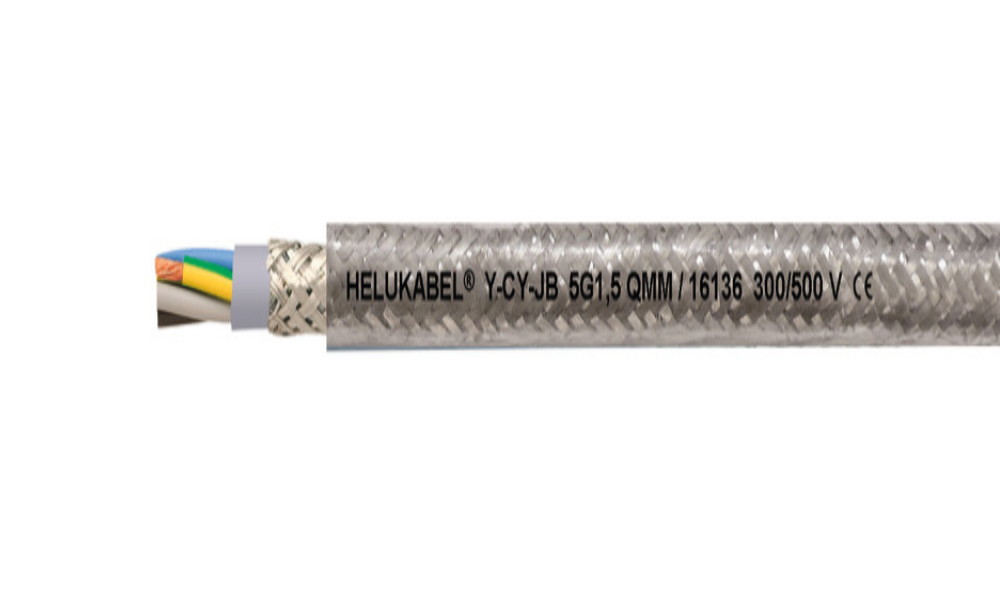
Y-CY-JB cable
2.3 Y-CY-JB
Temperature range:
- flexible -15°C to +80°C
- fixed -40°C to +80°C
Nominal voltage: 0.5 - 1.5 mm²: AC U0/U 300/500 V
Minimum bending radius:
- flexible 10x Outer-Ø
- fixed 5x Outer-Ø
The Y-CY-JB control cable is a type of cable known not only for its flexibility and excellent durability but also for its aesthetic appeal with a transparent outer sheath. Additionally, this cable series is highly regarded for its special ability to resist steam, oil, and chemicals.
The Y-CY-JB cable is used as a connecting and control cable for machinery and equipment in production lines, industrial computer systems, and as a signal cable for electronic devices. However, it is important to note that this cable is not suitable for exterior use.
Data sheet of Y-CY-JB cable
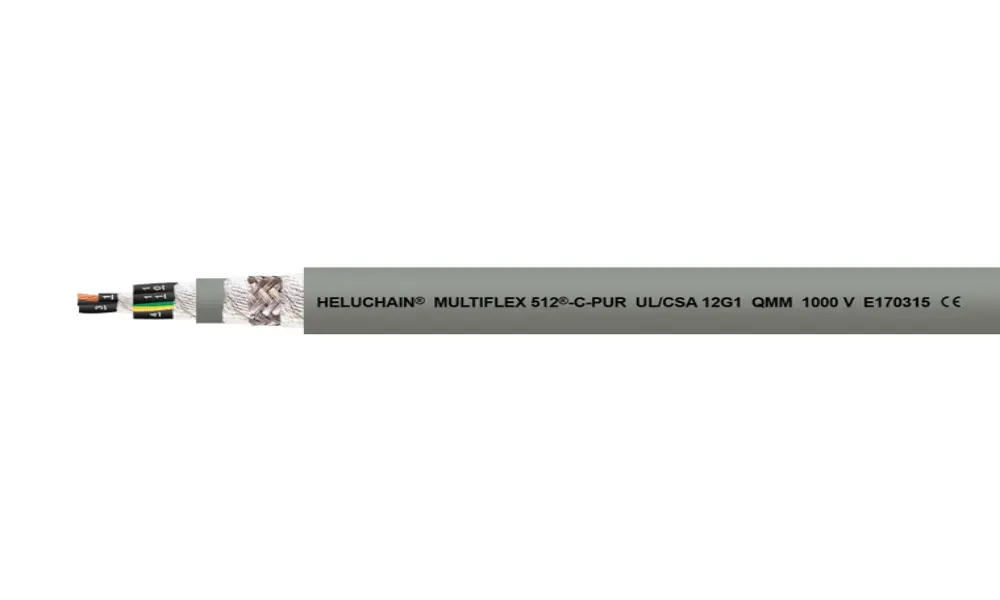
MULTIFLEX 512-C-PUR ULCSA
2.4 MULTIFLEX 512®-C-PUR UL/CSA
Temperature range:
- flexible -30°C to +90°C
- fixed -40°C to +90°C
Nominal voltage: UL (AWM) AC 1000 V
Minimum bending radius:
- flexible 7.5x Outer-Ø
- fixed 4x Outer-Ø
This is a type of control cable specifically designed for drag chain applications, operating at 80°C, 600V, conforming to two international standards, prioritizing EMC, and being halogen-free.
MULTIFLEX 512®-C-PUR UL/CSA is an anti-interference cable, specifically crafted for drag chain applications, suitable for transmitting mechanical stress and resisting external interference. This cable type is widely used in machinery, machine tools, and robots, boasting a long service life due to its polypropylene insulation and a polyurethane outer sheath (PUR material with low adhesion and cut resistance).
Data sheet of MULTIFLEX 512®-C-PUR UL/CSA
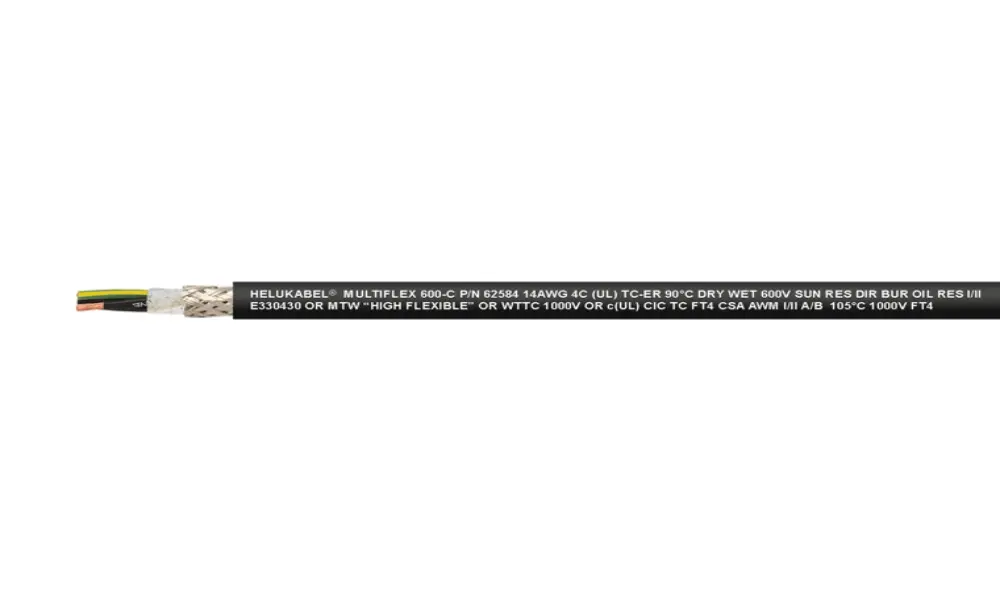
MULTIFLEX 600-C cable
2.5 MULTIFLEX 600-C
Temperature range:
- flexible -0°C to +60°C
- fixed -20°C to +80°C
Minimum bending radius:
- flexible 15x Outer-Ø
- fixed 5x Outer-Ø
This is a type of cable suitable for open installation and does not require protection on the cable tray leading to the machine. The MULTIFLEX 600-C cable is designed for use as a connecting cable in fixed cable chains for machinery and industrial systems, with a minimum bending radius of 7.5 or 10 times the cable diameter. Besides, the MULTIFLEX cable demonstrates exceptional oil resistance capabilities, and in the anti-interference version, the cable also exhibits excellent electromagnetic compatibility (EMC) capabilities.
Data sheet of MULTIFLEX 600-C
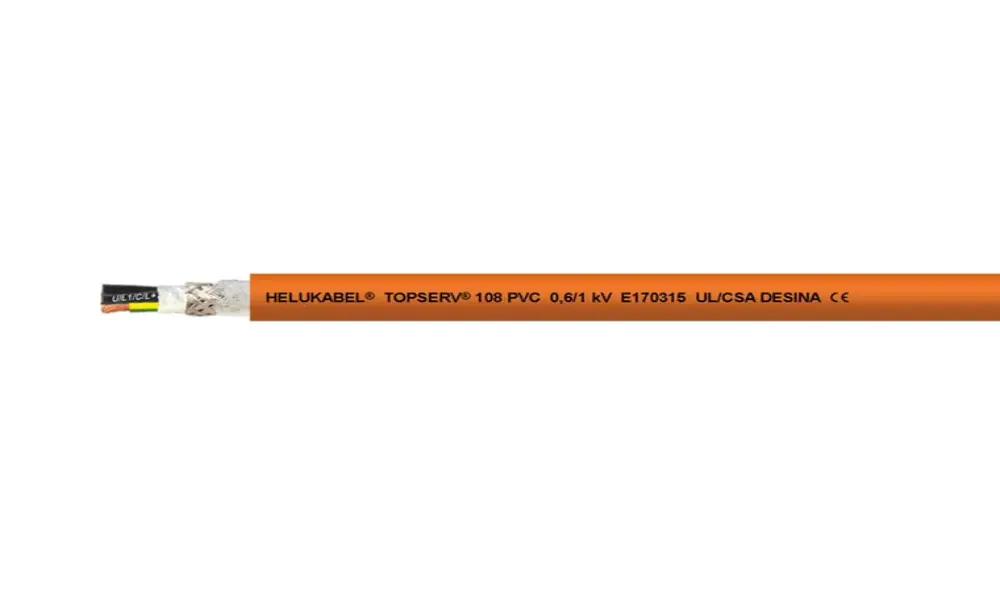
TOPSERV 108 PVC
2.6 TOPSERV® PVC
Temperature range:
- flexible -5°C to +50°C
- fixed -40°C to +105°C
Nominal voltage:
- VDE U0/U 600/1000 V
- UL/CSA 1000 V
Minimum bending radius:
- flexible 7.5x Outer-Ø
- fixed 4x Outer-Ø
TOPSERV® PVC control cable is one of the cable series that meets the standards and requirements of manufacturing plants with automated production lines. This cable type, with a capacitance of up to 6mm2, features an outer sheath made of oil-resistant PVC material, complying with electromagnetic compatibility (EMC) requirements.
Data sheet of TOPSERV® PVC
3. Y-CY-JB flame retardant and anti-inteference cables
The Y-CY-JB flame retardant and anti-interference cable is flexibly applied in applications related to medium mechanical stress and free motion. Despite not being suitable for outdoor use, this cable series has no tensile stress and does not require forced motion control.
The Y-CY-JB cable is integrated into measurement and control technology devices, conveyor systems, and production lines. Additionally, it finds application in computers and electronic devices due to its high screening capability, ensuring signal transmission without interference.
4. Media cables
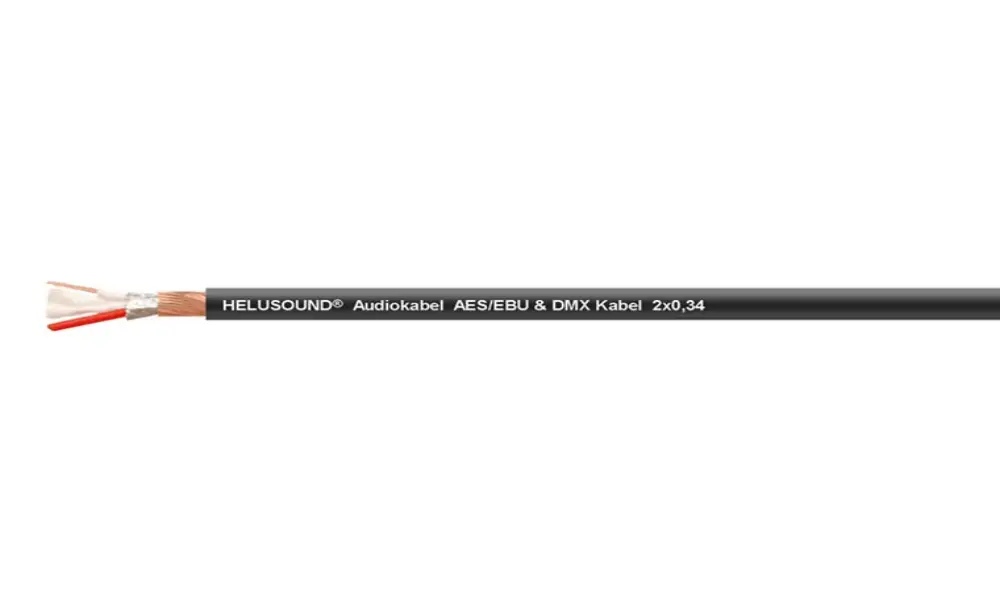
HELUSOUND® AES/EBU DMX SC BLACK 2 x 0.34 mm²
Technical data (DMX cables 2x0.34):
Weight: approx. 50 kg/km
Operating temperature range: min -30°C, max +70°C
Min. bending radius for laying: 64 mm
Copper weight: 18,0 kg/km
With brands like HELUSOUND®, HELULIGHT®, and HELUEVENT®, we at HELUKABEL deliver excellent audio solutions, unique lighting effects, and superior image quality. We not only provide standard products like the HELUSOUND® digital audio cable or HELULIGHT® DMX cable but also create cable types and wires that meet the specific requirements of each customer. Our audio cable products at HELUKABEL are designed to transmit high-quality, interference-free audio signals.
Data sheet of HELUSOUND® AES/EBU DMX SC BLACK 2 x 0.34 mm²
5. Ethernet cables
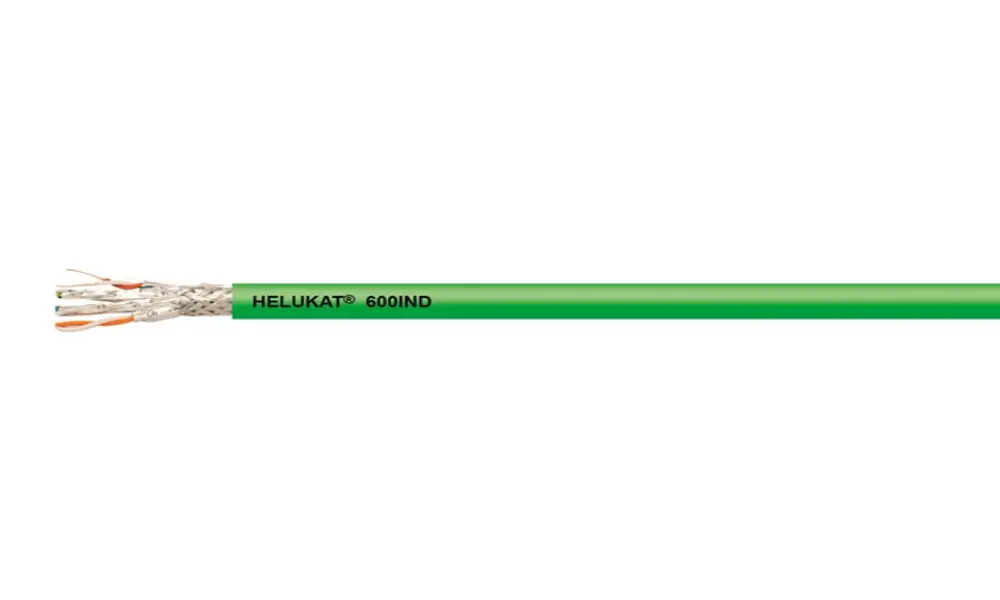
Ethercat cable: HELUKAT® 600IND
Technical data:
Weight: appro. 48 kg/km
Operating temperature range: min -40°C, max +80°C
Bending radius, repeated: 64 mm
Copper weight: 28,0 kg/km
Ethernet cables address the issue of unstable transmission in manufacturing plants with high precision signal requirements. The basic structure of this cable type includes two main types: Solid core and Stranded core. Solid core often provides better performance, helping to minimize signal interference and reduce the risk of transmission disruptions.
Technical data of HELUKAT® 600IND CAT.7 S/FTP PUR ROBUSTFLEX green 4 x 2 x AWG 26 /7
6. Fire alarm cable
-y-lg_post_detail_picture.webp)
J-Y(St)Y Lg cable
Technical data:
Temperature range:
- During operation: -5°C to +50°C
- Fixed: -30°C to +70°C
- Loop resistance at 20°C:
- 0,6 mm - max. 130 Ohm/km
- 0,8 mm - max. 73,2 Ohm/km
Insulation resistance: min 100 MOhm x km
This is a type of cable equipped with a static shielding (St) to protect the signal transmission circuit from external electrical interference. This cable is suitable for both dry and humid environments, can be installed indoors or under plaster, and can also be used for outdoor fixed installations. Notably, it is Halogen-free, with a fire-resistant and flame-retardant cable sheath.
- J-Y(St)Y Lg telephone installation cable, according to VDE 0815
- J-Y(St)Y Lg fire warning installation cable
- J-H(St)H Bd installation cable, halogen-free, according to VDE 0816
- J-H(St)H Bd fire warning installation cable, halogen-free
Technical data of J-Y(ST)Y Lg
